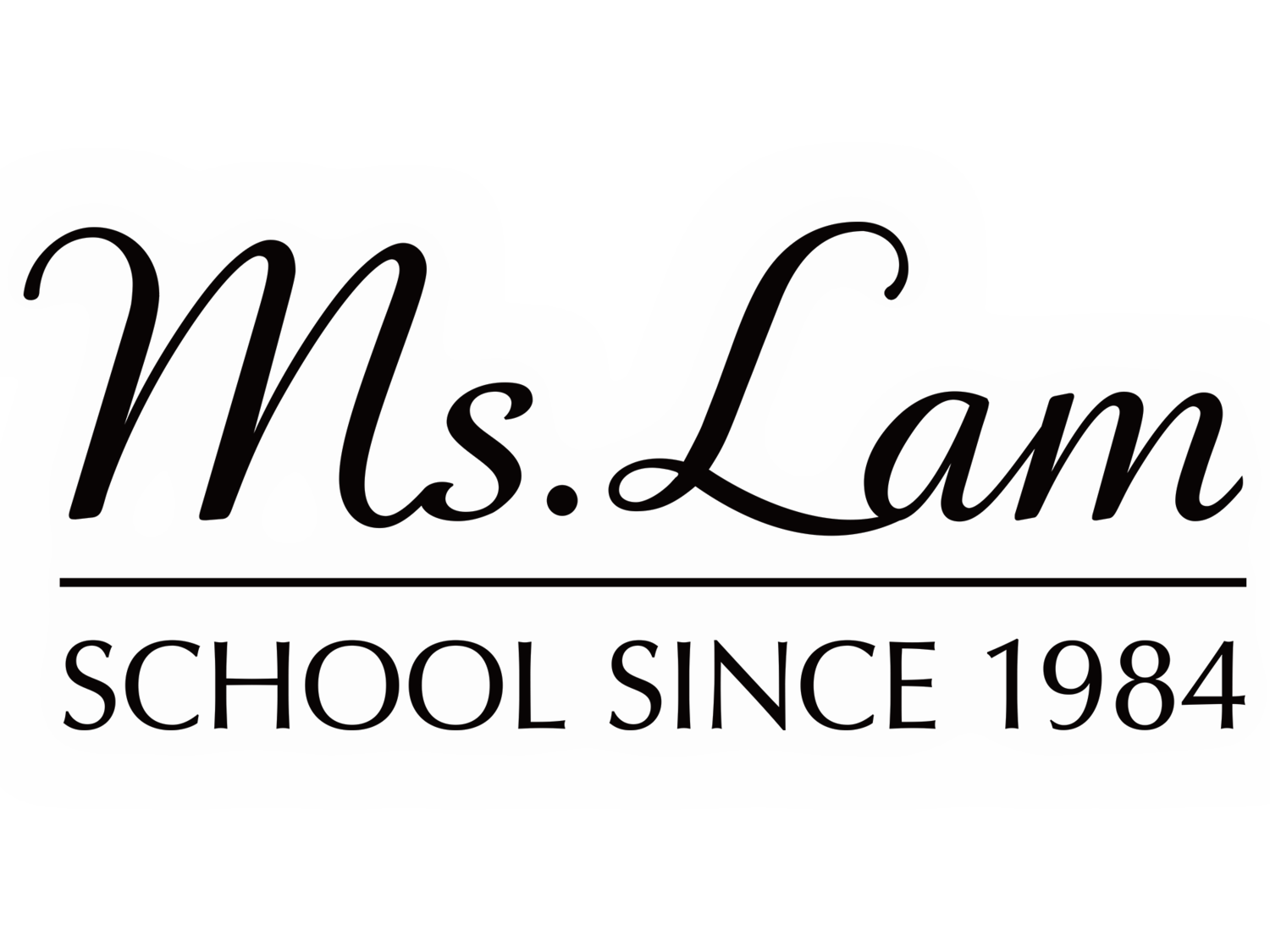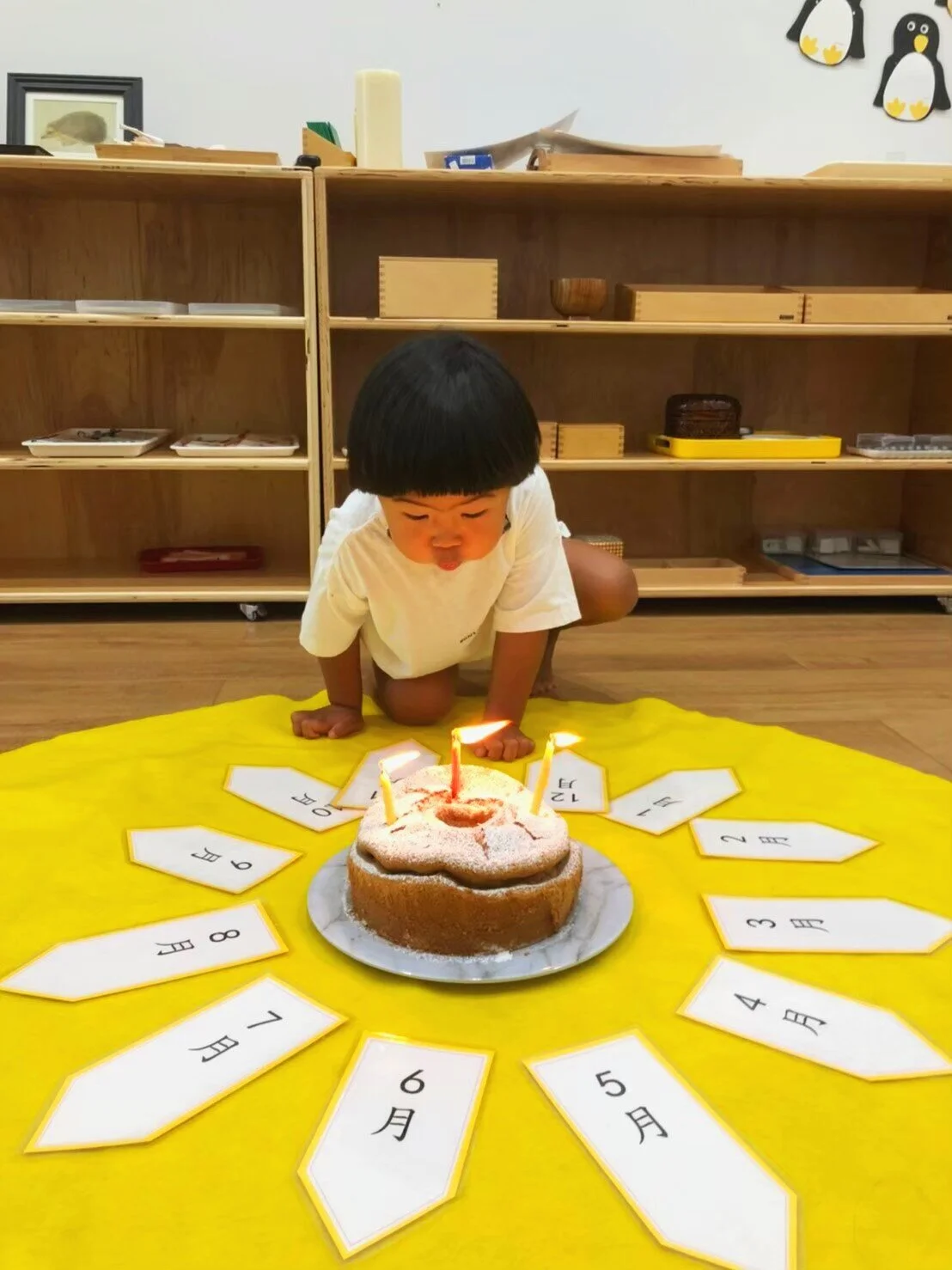About Ms. Lam Montessori
Ms. Lam Montessori School began in 1984 when Ms. Lam brought the Maria Montessori Method and founded the first and ever Chinese Montessori school in Taiwan. She was the first person to develop the successful system which many schools followed ever since. Since then, our passion has inspired us to grow and develop and advance the mission of child-centered education for more than 35 years. Currently, we operate 9 schools in Taiwan and 3 schools in Brooklyn, New York, with hundreds of graduates every year.
Ms. Lam Montessori is a Mandarin Immersion school serving children from toddler through elementary school (2-12 years old). Our classrooms adhere to authentic Montessori standards. Here are a few things you should know about us! Our teachers are AMI-certified, a rigorous training lineage passed down directly from Maria Montessori.Our classroom are mixed-ages, which means children between the ages of 2.5 and 6 years old are all in the same classroom. Why is that a good thing? The young children learn by watching the older children. The older children solidify what they know through teaching younger child how to do something. When you show someone how to do something, it cements the learning for you.
Our classrooms are carefully-prepared environments with Four Curriculum Areas: Practical Life, Sensorial, Language and Math. Beauty and order are extremely important elements to our environment, as we believe children should be given the best our culture has to offer. We adhere strictly to the "3-hour work cycle", where children are free to choose their own work during this time. This is also the time when the teacher will give one-on-one lessons from one of the Four Classroom Areas, depending on the child's progress and interest. Older children who don't nap will have a second work cycle in the afternoon. The school will be conducted in Mandarin and English. One adult will speak Mandarin and another will speak English. Children will learn to write and read in English and Chinese simultaneously.
For over 100 years now, the Montessori Method has proven to be extremely effective in nurturing creative, self-motivated, independent, resourceful children. We use the practices described here because they have withstood the test of time - and they work!
What Makes Us Different?
We are a Chinese-Immersion Montessori School. And Mixed-Age Classrooms are Key.
What is a dual language environment?
We know that Chinese written language takes a lot of effort to learn and English is of utmost importance in our global economy. These two realities have driven our approach to language learning and teaching.
For younger children, classrooms are primarily Chinese language environments. As children progress in their Chinese learning (including phonetic sounds and beginning reading) we gradually introduce the building blocks of English after 4.5 years old. Phonics lead to word-building which leads to making short sentences. When 6-year-olds complete their final year of primary school, most have developed a good foundation of phonetic reading, and will be able to read and write in both Chinese and English.
In the elementary school setting, children are ready for a Dual Language environment. Each classroom is co-taught by a Chinese-speaking teacher and an English-speaking teacher. We help children develop literacy skills in both languages, but the initial emphasis is still on the child’s first language. This way students are able to transfer the reading strategies and skills of their first language to learning a second language.
“Education is a natural process carried out by the child and is not acquired by listening to words but by experiences in the environment.” – Maria Montessori
When you visit our schools, the first thing you may notice is that children of different ages are learning together. In our primary schools, the children are 3-to-6 years old. In our elementary classes, the age group spans at least three years.
There are multiple reasons why we do this. The younger children absorb much from being with older children. They are very, very interested in what their older classmates are doing, and they learn a lot from casual observations. Older peers have the opportunity to mentor younger ones, and that helps them learn better, too.
Plus, everyone benefits from the opportunity to learn at their own pace. A 5-year-old who is intrigued with math can zoom ahead. She never has to wait for others to catch up. Lessons are presented when each individual is ready, regardless of age.



